India is set to see a notable surge in electric vehicles, with an estimated 123 million EVs on the roads by 2032 under the National EV Targets (NEV) scenario, says a new report by India Energy Storage Alliance (IES) and Customized Energy Solutions (CES).
The report, titled “India Electric Vehicle Charging Infrastructure Market Overview,” outlines the potential impact of this transition on the country’s infrastructure and energy landscape.
India targets EV sales penetration of 80% for two- and three-wheelers, 30% for private four-wheelers, 70% for commercial cars, and 40% for buses by 2030. These goals are part of the country’s long-term strategy to achieve net-zero carbon emissions by 2070.
The report estimates that India’s cumulative on-road lithium-ion electric vehicle (EV) population increased twelvefold from just 0.35 million in 2019 to 4.4 million in 2024. This rapid growth has been fuelled by supportive government policies, such as the FAME-II scheme, which offers demand incentives for electric two-wheelers, three-wheelers, and four-wheelers, along with capital subsidies for public charging infrastructure.
The report further highlighted that electric two and three-wheelers together accounted for over 93% of India’s on-road EV stock in 2024. In contrast, electric four-wheelers represented around 6%, while electric buses and trucks comprised less than 1%. Notably, the personal electric four-wheeler (E4W) segment has emerged as a key driver of the country’s expanding private and home charging ecosystem.
Vinayak Walimbe, managing director of Customized Energy Solutions India, says, “By 2032, IESA and CES project that India’s on-road EV stock could reach approximately 49 million (worst case), 60 million (business-as-usual), or 123 million (NEV scenario). The NEV scenario is based on the EV30@30 ambition, assuming that by 2030, EV penetration reaches 80% for electric two- and three-wheelers, 30% for private electric four-wheelers, 70% for commercial cars, and 40% for electric buses—fully aligning with NITI Aayog’s vision for transport electrification.”
As per the report, in 2024, there were around 220,000 personal electric four-wheelers (E4Ws) on roads, most of which depended on Type-2 AC chargers installed in residential areas. By that same year, India had an estimated 320,000 private Type-2 AC chargers, with 70% being 3.3 kW units, 28% 7.4 kW units, and the remaining 11-22 kW units classified as high-capacity. India had roughly 76,000 cumulative public and captive charging points in 2024, with a combined installed capacity of 1.3 GW. While AC-001 chargers made up nearly half of all installed points, the overall installed capacity was dominated by CCS2 chargers, reflecting the growing demand for high-power DC fast charging.
Debmalya Sen, President of IESA, said, “To support the projected EV growth, we can anticipate that India’s cumulative installed EV charging points—public and captive—will need to grow nearly 12 to 28 times, from around 76,000 in 2024 to between 0.9 million and 2.1 million by 2032. Installed charging capacity must also scale more than 17 times, rising from 1.3 GW to 23 GW, depending on EV adoption and infrastructure utilization levels.”
This content is protected by copyright and may not be reused. If you want to cooperate with us and would like to reuse some of our content, please contact: editors@pv-magazine.com.
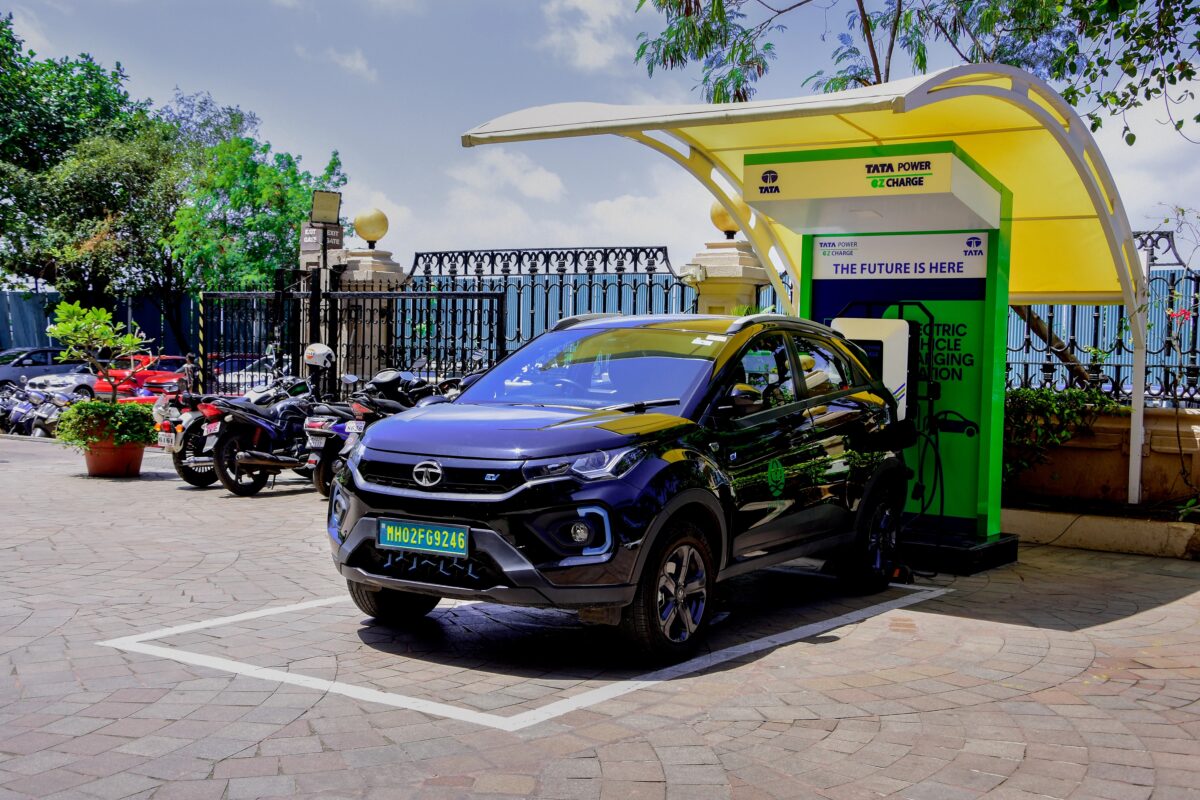
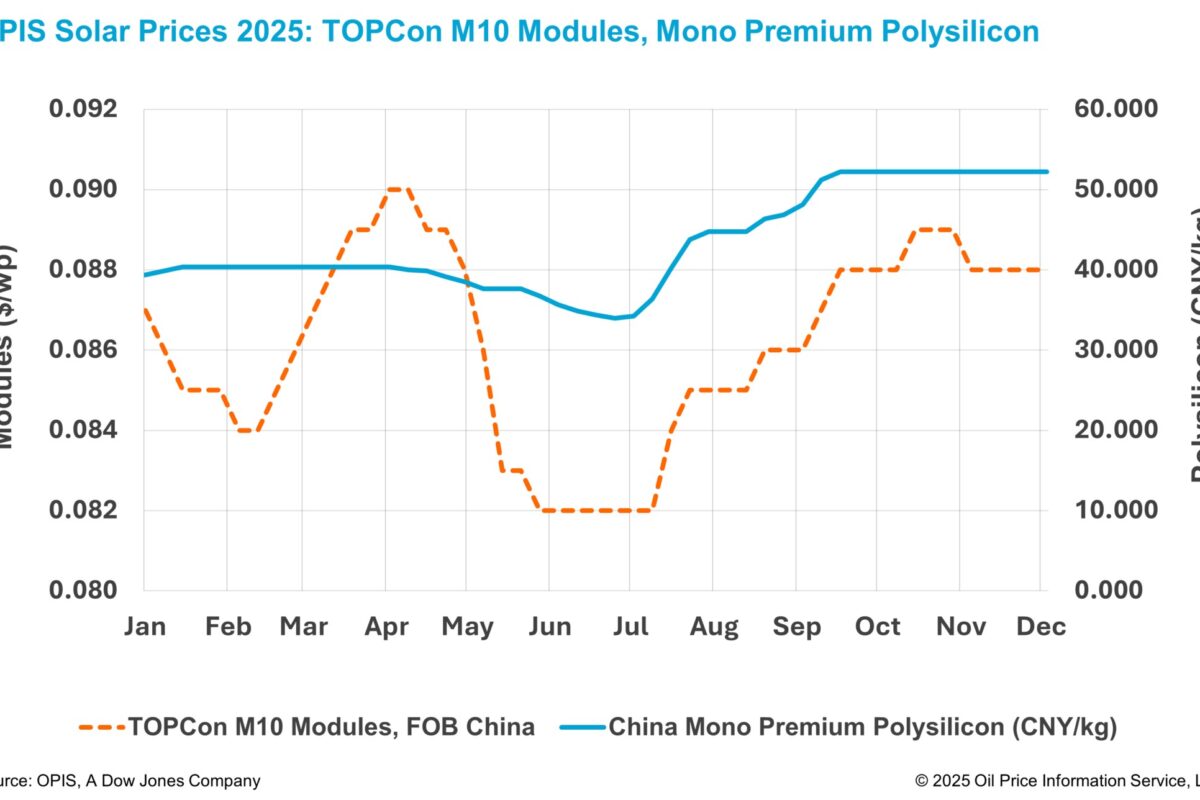


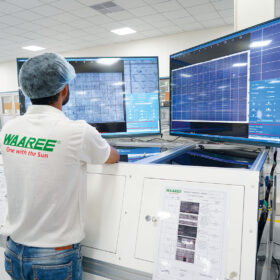
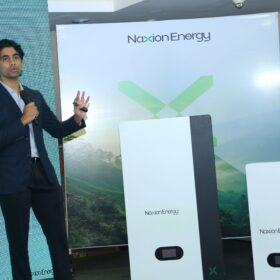
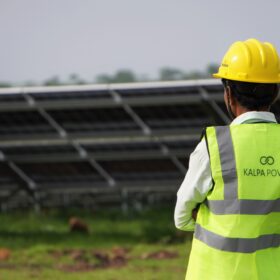
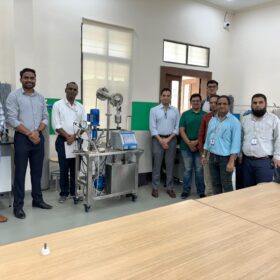
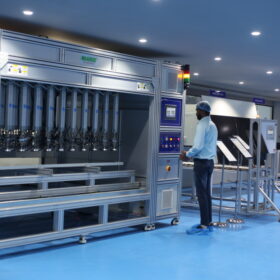
1 comment
By submitting this form you agree to pv magazine using your data for the purposes of publishing your comment.
Your personal data will only be disclosed or otherwise transmitted to third parties for the purposes of spam filtering or if this is necessary for technical maintenance of the website. Any other transfer to third parties will not take place unless this is justified on the basis of applicable data protection regulations or if pv magazine is legally obliged to do so.
You may revoke this consent at any time with effect for the future, in which case your personal data will be deleted immediately. Otherwise, your data will be deleted if pv magazine has processed your request or the purpose of data storage is fulfilled.
Further information on data privacy can be found in our Data Protection Policy.